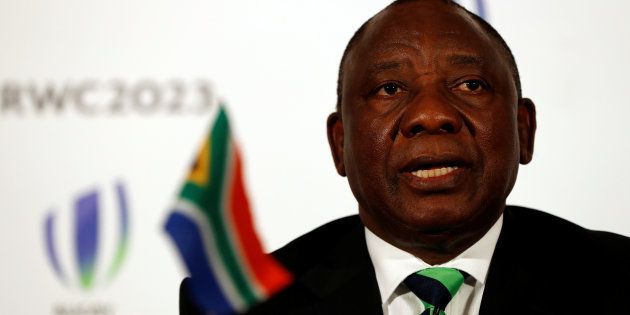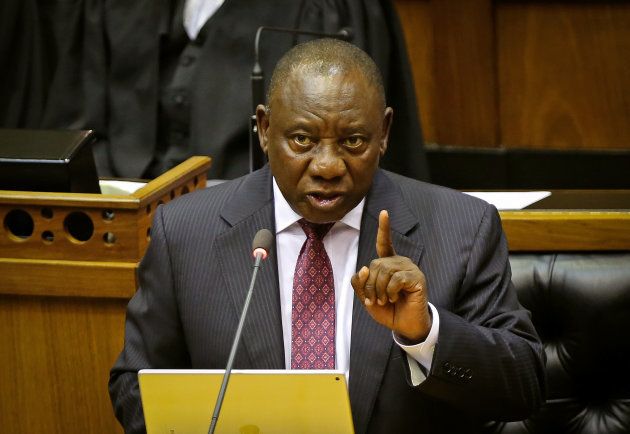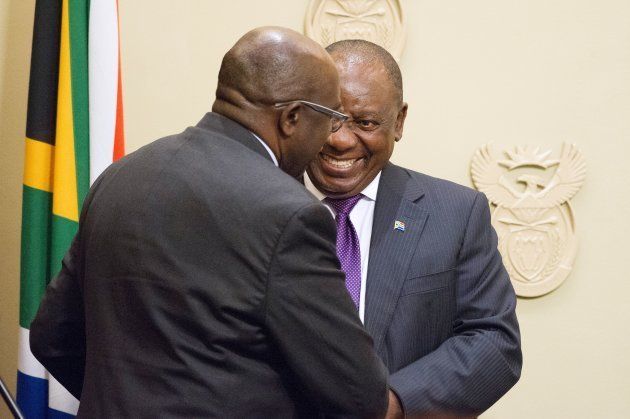
Can #SEXIT follow #ZEXIT in South Africa, or can the reverse of #SEXIT occur
In 2017, I attended a conference where a former South African finance minister was a guest. It was interesting to hear his views on the South African economy. This was just after headwinds hit the BRICS, and to many, the BRICS story seemed circumspect.
But by then, India, Brazil and China were executing hard policy decisions; and markets were responding to the probability of improvement. India's Nifty rose 17 percent from July 2016 to June 2017, China's SSE Comp rose ~10 percent and Brazil's BVSP rose 15 percent. But South Africa's All Share was flat as controversies made its future unclear.
Since the commodity cycle slumped at the start of the 2010s, some started debating the inclusion of South Africa, Brazil and Russia in BRICS, and whether they were dragging the BRICS story. Many quoted Goldman Sach's Jim O'Neill, who had excluded it when he coined BRIC in 2001. As per Okun's Misery Index using IMF WEO data, South Africa and Brazil from the BRICS had the worst scores in 2016, but Brazil was taking policies to recover.
High-income inequality made South Africa's addressable consumer base proportionately smaller. It had not scripted gains by being in BRICS, as EXIM Bank data showed its share within BRICS trade remained flat at 6 percent from 2011-2015. Its share within BRICS-ex-China trade was also flat. While Brazil and Russia shared similar fates, Russia's location meant shared geo-economic interests with China, while Brazil was effecting changes.
But South Africa did not evince confidence. So, while the governments included it, the financial economy kept wary. Hence, only 50 portfolio funds had over 90 percent allocation of their corpus to South Africa in early-2017, as per Bloomberg. India had 1,000 while Brazil had 3,000. Even Russia had 170.
One can now coin those debates as #SEXIT, i.e. should South Africa exit the BRICS? Quips aside, the question now after #ZEXIT (exit of Jacob Zuma) is what would happen to calls for #SEXIT? Hope is built on President Ramaphosa to reset South Africa, which would impact the BRICS story too. In this objective, it might be relevant to look at what Brazil and India did and how they match with Ramaphosa's plans. That can give a clue about the expectations of #SEXIT?
Ramaphosa's immediate bias for investment to drive growth seems correct. He is also focusing to revive small-businesses, with plans to review regulations and create a fund.
Fiscal stability
Both Brazil and India stressed on reducing fiscal deficit, a key metric for rating agencies and investors. Brazil's Temer is taking a tough decision to trim social-security, though it is debated if this bill would be finally passed. Even India controlled subsidies through the Direct Benefit Transfer. Both hiked gas prices, another tough political call.
Ramaphosa faces a tricky choice. He plans to invest in infrastructure, internships to unemployed and may forego revenue due to incentives planned in the economic zones. But his public finances are already stretched, ergo a controversial wealthy tax hike in early-2017. With its credit rating turning south, Ramaphosa will have to expand his fiscal resources to meet his investment plans while holding the deficit at 4 percent to impress rating-agencies.
Growth
As export growth hit in a sluggish economy (global GDP grew 1 percent CAGR from 2012-2016, as per IMF) and fiscal cuts hit investments, consumption drove growth in both Brazil and India. Even China is moving to consumption. An accommodative monetary policy in Brazil helped. Even India effected rate-cuts till a year ago. As cuts hit economic activity with a lag, their effect should sustain.

As South Africa has high-income inequality, expanding consumption across the broad-base is a structural challenge. Ramaphosa's immediate bias for investment to drive growth seems correct. He is also focusing to revive small-businesses, with plans to review regulations and create a fund. A revival augurs well for wage growth of their current employees, in turn, driving consumption. But if their idle capacity limits the scope for wage-growth, the pressure will be entirely on new job creation to push incomes and growth.
People
Job creation will depend on skills, not just business. India ramped up skill-development centres along with its rural-employment programme so that it built long-term capabilities and job-creation. Brazil's Exchange Bureau is attracting quality faculty from abroad, to enhance its human capital. South Africa is younger (median age 26 vs. India's 27, Brazil's 31 and China's 35, as per Statista), hence a higher demographic bonus. But its skills should match demand.
Ramaphosa aims to strengthen black empowerment. But this has to be productive, and not just participative, for long-term results. Ramaphosa should drive South Africans' savings culture given the skewed wealth concentration. India and China rank much higher in savings. So they continue consumption even during unemployment.
If Ramaphosa can balance policy-priorities amid his constraints, it would give confidence for the probability of improvement, reaffirm South Africa as a key emerging market and drown calls for SA to exit the Brics.
Corruption
India's Modi took a tough call to curb the corruption of black-money and tax-evasion through policies on demonetisation, GST and real estate. Brazil is combating corruption with the probes on money-laundering. Ramaphosa plans to remove corruption in large projects through a presidential panel. But if he can also remove the corrupt elements from governance and cronies, that would itself give a huge boost of confidence to rating agencies.
External situation
This is set to improve (global GDP is expected to grow by 5 percent CAGR from 2016-2021, as per IMF). But Ramaphosa's ability to ride that tailwind to push South African exports can be slowed by the protectionist USA and a calibrating China, its main partners constituting ~16 percent of exports, as per WITS data. This will mean trying to crack new markets, preferably in the continent, to drive export growth?
Ramaphosa's plans face fiscal and structural constraints. But while recovery takes time, policy clarity is awaited now. Finance is as much about confidence as about fundamentals. #ZEXIT has created a positive bias in some sectors.

If Ramaphosa can balance policy priorities amid his constraints, it would give confidence for the probability of improvement, reaffirm South Africa as a key emerging market and drown calls for #SEXIT. With #ZEXIT renewing investor interest, it might just be an opportune time for a complete reversal of #SEXIT to occur!
Sourajit Aiyer is an author and financial services professional, and researches for South Asia Fast Track.